By Cristina R. Cinco
The Asian Waterbird Census (AWC) is one of the most important activities of the Wild Bird Club of the Philippines. The recording of bird sightings in the country is one of the WBCP’s mandates.
The Philippines, being centrally located in the East Asian Flyway, is a part of the community of nations that keeps track of the waterbird migration that plies the route from Northern mainland Asia all the way down to Australia. The migration takes place at the onset of the autumn season to the time when these species fly back to their breeding grounds during spring.
The AWC is done in the second and third week of January during the mid winter season of the Northern Hemisphere.
Brief History of the AWC
The AWC was initiated in the Indian subcontinent in1987. Eventually, it spread to the Asian region, from Afghanistan to East Asia down to Southeast Asia and Australia, covering two significant flyways known as the Central Asian Flyway and East Asian Australasian Flyway.
The AWC is part of the worldwide monitoring of waterbirds by the International Waterbird Census (IWC) which is coordinated by Wetlands International.
Since waterbirds are basic indicators of the quality of wetlands, the AWC aims to determine the waterbird populations in these habitats, including its status and conditions. The census also aspires to encourage interest in both waterbirds and wetlands among the people to promote further conservation in the region.
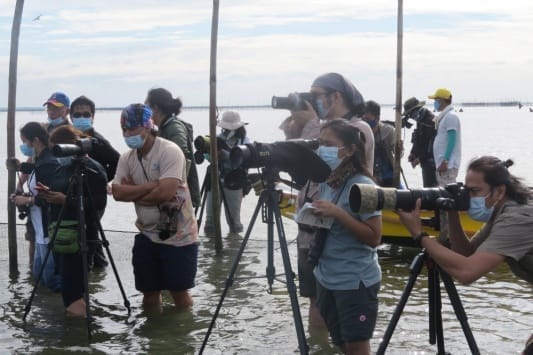
Classified as an Important Bird Area (IBA No. PH010 by Birdlife International
AWC Sites Annually Monitored by the WBCP
During the Asian Waterbird Census, the WBCP collaborates with the Biodiversity Management Bureau of the Department of Environment and Natural Resources BMB-DENR. The Bureau is the government agency which coordinates the waterbird count nationwide and determines the dates when these surveys are done in wetlands all over the country.
The WBCP, in partnership with the BMB-DENR, conducts the surveys in areas that include the Las Pinas-Paranaque Critical Habitat, Imus River in Cavite, Candaba and the Pampanga River, Balanga, Bataan, Bulacan and Navotas.
These areas are proximate to Metro-Manila and closely connected to Manila Bay.
Why Manila Bay?
With the numerous ongoing reclamation projects along the shoreline and its adjacent environs to the Bay, changes are taken as threats to the habitats to these populations of migratory birds. The WBCP has been keeping waterbird counts of these wetland sites for almost to two decades.

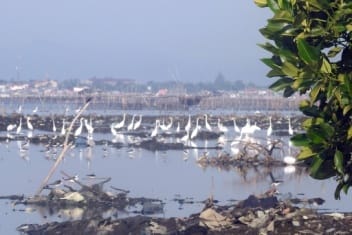
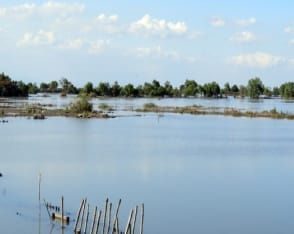
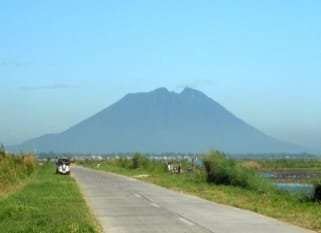
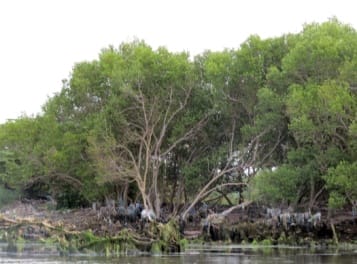

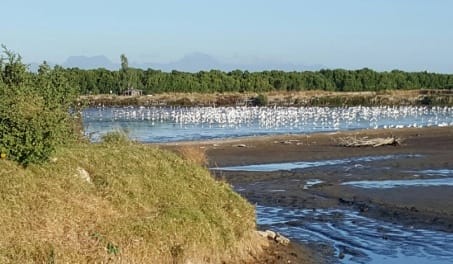
Join the AWC Team
Birdwatchers are the most qualified persons to do the AWC. Armed with the basic skills of bird identification, birdwatchers can contribute to the monitoring of waterbirds. Since the WBCP holds records of these migratory waterbirds, familiarity with bird lists from these AWC sites will be an advantage when it comes to bird identification.
What is needed during the survey
Binoculars and spotting scopes are the most important equipment to have at hand. Cameras are useful tools for further documentation during the identification process.
Wear comfortable clothes. Bring protection from weather conditions that will prevail, sun block for extreme sunlight and an umbrella for the rain.
As surveys may take some time, bring enough food and water that will ensure you last the day.
Field Guides, books on waterbirds for the Asian region will aid the survey participant in the identification of species.
Smart phones with data are not mandatory but are useful in locating the GPS coordinates of a site. Lastly, to list your sightings, a notebook, pen and pencils are a must.
How to count waterbird populations
Birds are counted individually. When encountering large numbers in a flock, the “blocking” method is used. Birds are estimated in clumps of 5s and 10s in a specific boundary, counted in rows or groups.

Volunteers during surveys are usually divided into groups. When working as a team, a designated note taker is most effective. One person can do the viewing while dictating the counts as the other writes down the identification and counts. The note taker must write down important information such as the site name, location (preferably GPS coordinates), date, time of count, weather, tidal and habitat conditions.


(Maia Tanedo)
Finally, when the survey team has finished the counts, all the data are then tabulated for the final number of the bird population existing at the site. The AWC form is then filled with the gathered data together with observations of the existing conditions like changes in the environment.

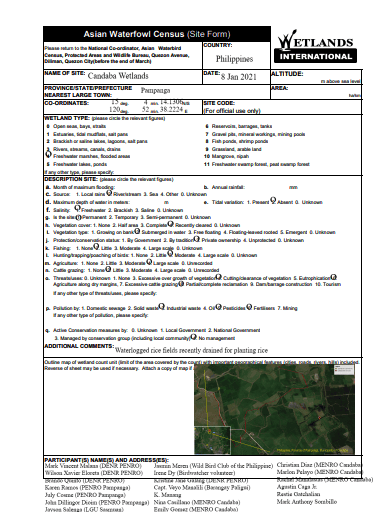
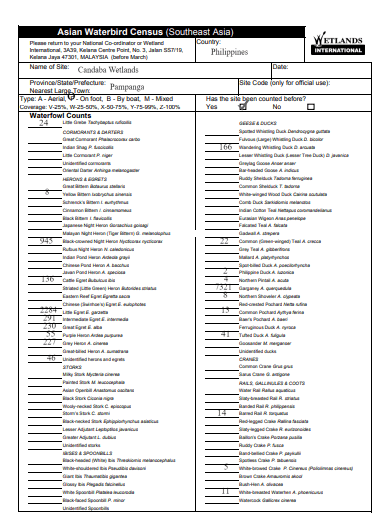

Sample of accomplished AWC form. ( Jasmin Meren)
The data gathered during the AWC not only determines the population of waterbirds within the Asian region. This also calculates whether a site can be evaluated as a wetland of international importance alongside with the counts of certain species numbering 1% of the global population or more as stated in the conditions of the Ramsar Convention. The survey then influences the protection, conservation and management of waterbird populations in terms of international conventions, national legislation and other conservation means.
The rewards of participating in the AWC makes an individual attain fulfillment as a citizen scientist. Data gathered is a contribution to an international effort. Wetlands are a vital habitat for these migratory waterbirds that determine the sound environment that every man is entitled to . This translates to clean air, water, and land as the presence of these avian species are its most tangent bio indicators.
What we observe today will direct our future.
Links for references
https://bmb.gov.ph/index.php/facts-and-figures-wild/asian-waterbird-census
https://south-asia.wetlands.org/our-approach/healthy-wetland-nature/asian-waterbird-census
Books and Field Guides
A Guide to the Birds of the Philippines by Robert Kennedy , Pedro C. Gonzales, Edward Dickinson, Hector Miranda Jr., Timothy H. Fisher
A Field Guide to the Waterbirds of Asia by Bharat Bhushan
Field Guide to the Waterbirds of ASEAN Edited by Woo-Shin Lee, Chang Yong Choi, Hankyu Kim
